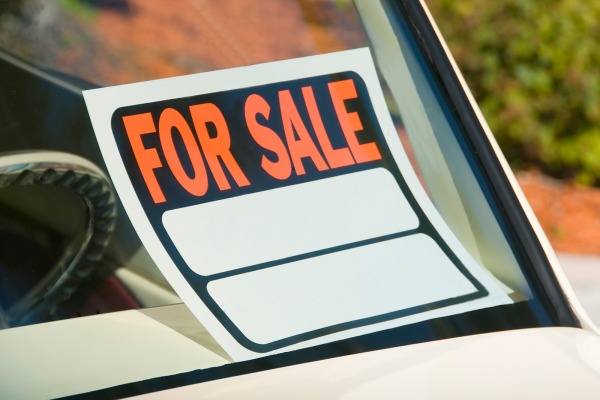
Setting the right price for a used car is almost an art — a blend of research and intuition. Set the right price and you will quickly get the full value of your car. Set it the wrong way and you'll wait weeks for a call or e-mail from a buyer.
Your goal is to list your car at a competitive price, but one that's on the high end of the price range. This allows you room to negotiate and still wind up with a good chunk of change. So decide where you want to close the deal and work backward from there.
Say you want to sell your car for $5,000. You should list it at about $5,750. With more expensive cars, you need to leave more room, so to get $15,000, you should list the car at $16,500.
There are plenty of tools and resources for finding the sweet spot for pricing your used car. Here's a step-by-step guide to this important process.
1. Consider the market. Is your car in demand? Can you ask for top dollar? Is this the right time to sell it? Here are a few general rules to help you answer these questions.
Take into account any other market conditions that might have an impact on your car. For example, if your car gets good fuel economy and gas prices are high, you will be able to ask more for it than when gas is cheap. Similarly, selling a supersize SUV for top dollar is going to be tough if gas prices are sky high.
2. Check the Pricing Guides. Use Edmunds.com True Market Value (TMV®) pricing to determine the fair value of your car. TMV prices are adjusted for mileage, color, options, condition and even region of the country. Keep in mind that TMV is a transaction price — not an asking price. It's where you want to wind up after negotiations. And don't forget to take a look at other pricing guides for comparison sake.
3. Survey your competition. Review classified ads on such Web sites as Auto Trader, Craigslist and eBay Motors to see the asking prices for other cars like yours. Most sites offer advanced searches to find close matches to your vehicle. But keep in mind that these are asking prices, not selling prices, and might just be wishful thinking by the seller. Compare the cars' condition, mileage, geographic location and asking price to your vehicle to guide you in setting the right price.
4. Price your car competitively. As mentioned earlier, be sure to leave wiggle room for negotiations. Ask for slightly more money than you expect. If you get your asking price, that's great. But if you have to go lower, it won't be a terrible loss.
Also consider the psychological aspects of car pricing by staying just below benchmark numbers such as $10,000 (price it at $9,900) or $20,000 (price it at $19,900). Car dealers take this philosophy to an extreme by listing everything on their lots with a price that ends in "999" ($12,999, for example; apparently, we shoppers are not supposed to notice that the car basically costs $13,000). Still, this tactic demonstrates the psychology of setting prices. A product that doesn't sell well at $20 might jump off the shelf at $19.95.
As a private-party seller, however, you don't want to look like a car dealer. Therefore, you might want to take a simplified approach and set your price at round figures such as $12,750 or $12,500.
5. Tap your intuition. Once you have considered all the hard data, it's time to consult your intuition. Perhaps you have a hunch that your car is desirable, or that the time is right for you to ask a certain price. As you do this gut check, remember that it's always a good idea to err on the side of a higher asking price. If necessary, you can lower the price until you get callers. On the other hand, if you err on the low side, you'll sell it quickly but won't get the car's full value.
What To Do About Hard-To-Price Cars
If you have a very old car or unusual car, you might not find it in some pricing guides or be able to locate others of its kind on sales sites for comparison. However, you can check AutoTrader Classics and also Hemmings. Both have online listings of collector cars.
You also can try talking to other collectors or mechanics. And you can always just type the year, make and model of the car into the Google search box and then add: "for sale." For example, if you type "1967 Saab 96 for sale," you'll get many local classified ad listings.
Research Equals Reward
Whether you're selling a 2001 Toyota Camry or a 1963 Studebaker Avanti, take the time to do some research before you set a price for your used car. If you do your job correctly, the car will almost seem to sell itself.